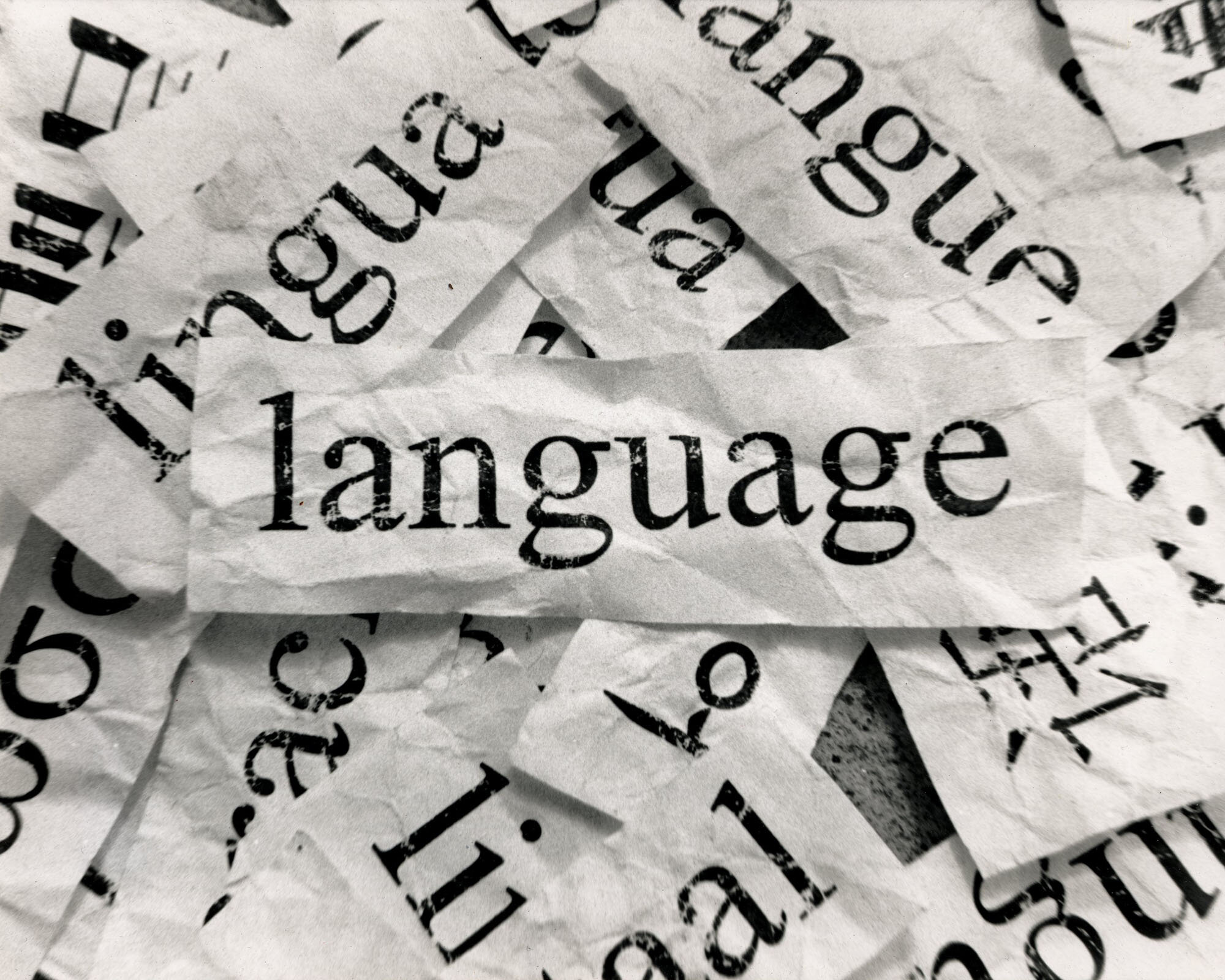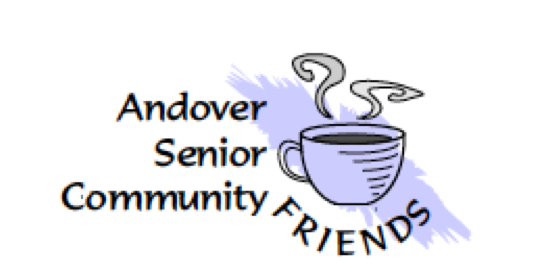
Introduction
Some of the following materials are designed specifically for persons whose native language is Chinese.
Lesson 4
Section 1
How to ask Polite Questions IN English
There are three types of questions in English:
direct
indirect, and
question tags.
Direct and indirect questions are used to ask for information you do not know.
Question tags are generally used to clarify or confirm the information you think you know.
Each of these question types can be used politely, but certain indirect forms are more formal and polite than other types of questions.
One form to avoid when asking for things is the imperative form.
Imperative
(More impolite)
Indirect
(More polite)
“Could you give me that.”
“Give me that.”
Saying “Give me that" instead of "Could you give me that" puts you at risk of sounding rude.
Let’s learn more about how to ask polite questions, and use each form correctly.
Section 2
Asking Direct Questions
Direct questions are answered either “yes” or “no,” such as "Are you married?" or information questions such as "Where do you live?"
Direct questions ask for information immediately without including extra language such as "I wonder" or "Can you tell me."
Direct questions place the helping verb before the subject of the question:
(Question word) + Helping Verb + Subject + Verb + Objects ?
Example:
(Where) + do + you + work ?
Direct Question Examples:
“Where do you work?”
“Are they coming to the party?”
“How long has she worked for this company?”
“What are you doing here?”
Section 3
Making Direct Questions Polite
Direct questions can seem abrupt or even impolite at times, especially when asked by a stranger. For example, if you come up to someone and ask:
“Does the bus stop here?”
“What time is it?”
“Can you move?”
“Are you sad?”
Section 4
Asking Direct Questions Politely
There is nothing wrong with asking questions in this manner, but to sound more polite, it's common to add "excuse me" or "pardon me" at the beginning of a question.
For example:
“Excuse me, when does the bus leave?”
“Excuse me, what time is it?”
“Pardon me, which form do I need?”
“Pardon me, may I sit here?”
In informal situations, one could use the word "can" in a direct sentence. Saying "May I have" instead of "Can I have" is preferred. Questions with "can" are made more polite by using "could."
For example:
“Excuse me, could you help me pick this up?”
“Pardon me, could you help me?”
“Pardon me, could you give me a hand?”
“Could you explain this to me?”
"Would" can also be used to make questions more polite.
For example:
“Would you lend me a hand with the wash?”
“Would you mind if I sat here?”
“Would you let me borrow your pencil?”
“Would you like something to eat?”
Another way of making direct questions more polite is to add "please" at the end of the question. Please should not appear at the beginning of the question.
For example:
“Could you fill in this form, please?”
“Could you help me, please?”
“Can I have more soup, please?”
"May" is used as a formal means to ask for permission and is very polite. It is usually used with "I," and sometimes "we."
“May I come in, please?”
“May I use the telephone?”
“May we help you this evening?”
“May we make a suggestion?”
Section 5
Asking Indirect Questions to Be Especially Polite
Using indirect questions is especially polite. Indirect questions request the same information as direct questions, but they are considered more formal.
Indirect questions begin with a phrase like "I wonder," "Do you think," or "Would you mind."
Indirect questions always begin with an introductory phrase. To form an indirect question, use an introductory phrase followed by question words for information questions, and "if" or "whether" for yes/no questions.
Introductory Phrase + Question Word ("If" or "Whether") + Subject + Helping Verb + Main Verb?
“Can you tell me where he plays tennis?”
“I wonder if you know what time it is.”
“Do you think she will be able to come next week?”
“Excuse me, do you know when the next bus leaves?”
Introductory phrase + question word (or "if") + positive sentence
“I wonder if you could help me with this problem.”
“Do you know when the next train leaves?”
“Would you mind if I opened the window?”
NOTE: If you are asking a yes or no question, use "if" to connect the introductory phrase with the actual question statement.
“Do you know if she will come to the party?”
“I wonder if you can answer a few questions.”
“Can you tell me if he is married?”
Otherwise, use a question word like "where, when, why, or how" to connect the two phrases.
Section 6
Using Question Tags for Clarification
Question tags turn statements into questions. Depending on the tone of the voice, they are used to verify information that we think is correct or to ask for more information. If the voice goes up at the end of the sentence, the person is asking for more information. If the voice drops, someone is confirming information that is known.
We can understand question tags as having two parts separated by a comma. The first part uses the subject followed by a helping verb as used in direct questions ("Has she"). The second part uses the opposite form of the helping verb followed by the same subject ("Hasn't she").
Subject + Helping verb + Objects + , + Opposite Helping Verb + Subject?
“You live in New York, don't you?”
“She hasn't studied French, has she?”
“We're good friends, aren't we?”
“I've met you before, haven't I?”
Polite Questions Quiz
First, identify which type of question is asked (i.e. direct, indirect, or question tag). Next, provide a missing word to fill in the gap to complete the question.
Can you tell me ______ you live?
They won't attend this class, _____ they?
I wonder ______ you like chocolate or not.
______ me, what time does the train leave?
Excuse me, _____ you help me with my homework?
Do you know how long Mark _____ been working for that company?
_____ I make a suggestion?
Excuse me, do you know _____ the next show begins?
